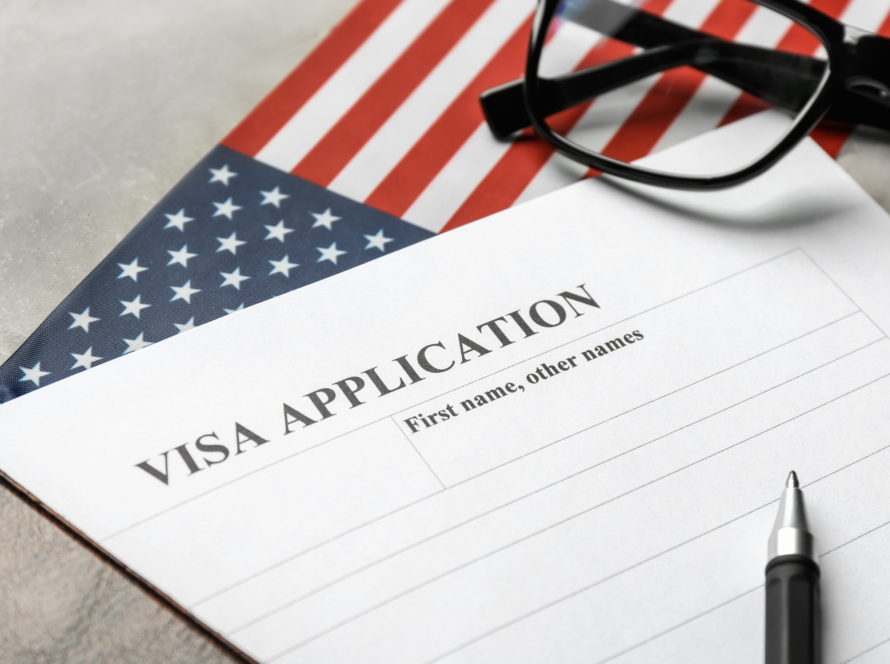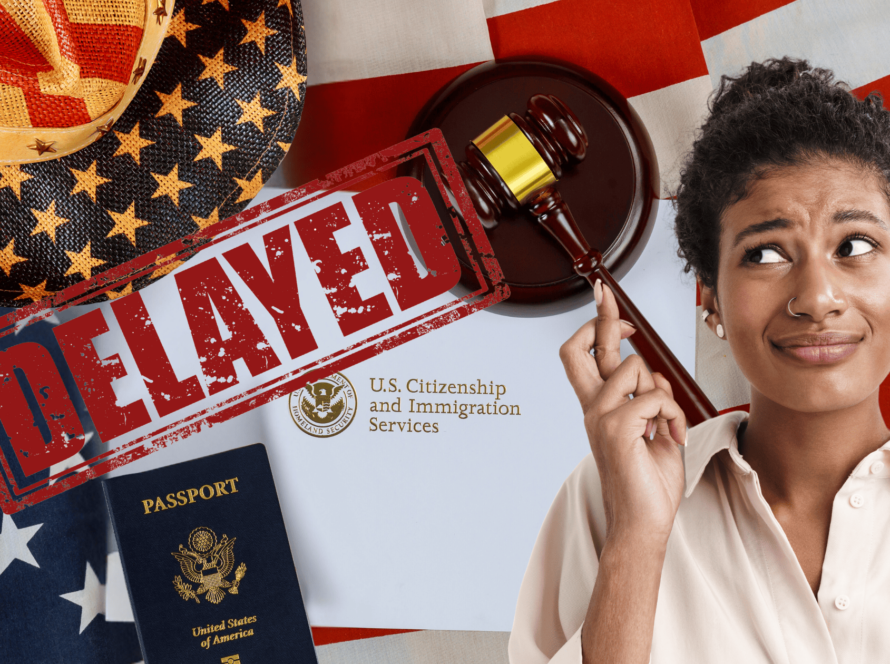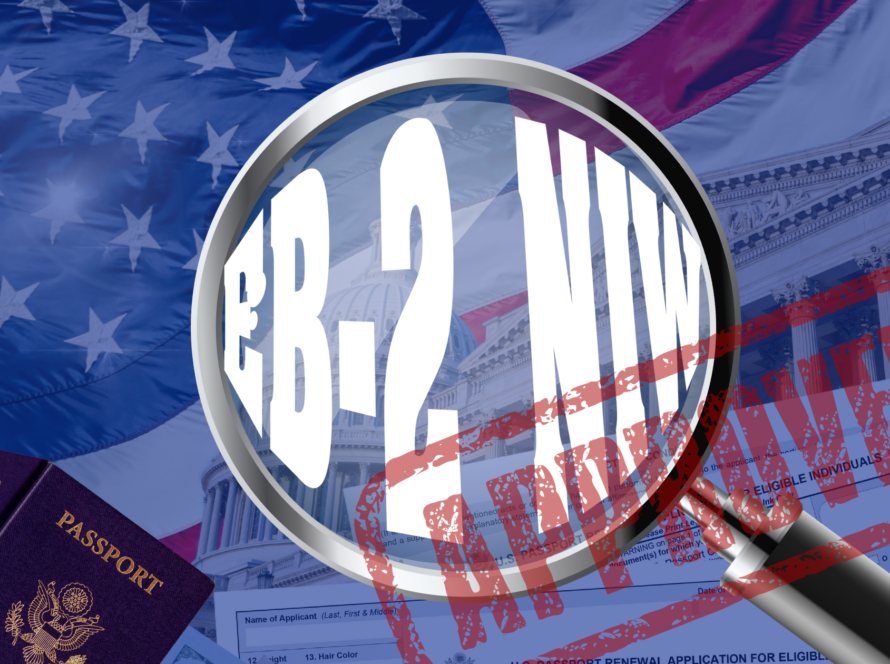
If you’re pursuing an EB1A green card, one question frequently comes up: “What is the number of citations required for EB1A?” It’s understandable, citations often feel like a tangible measure of your professional influence. Many researchers, entrepreneurs, and innovators worry that they won’t meet an unspoken threshold, even when their work is truly impactful.
At My Green Card Story, we help applicants navigate this uncertainty by showing how to highlight the significance of your work regardless of raw citation counts and build a case that resonates with USCIS.
Understanding the Number Of Citations Required for EB1A
Citations are one way to demonstrate influence in your field. When other professionals, researchers, or organizations reference your work, it signals recognition. However, it’s important to know that USCIS does not define a minimum “no of citation required for EB1A”.
Instead, USCIS evaluates:
- Impact: How your work advances the field or industry
- Recognition: Acknowledgment by peers, journals, or organizations
- Originality: Your unique contributions and innovation
A few high-quality citations in prestigious journals or by reputable industry sources can be far more valuable than hundreds of low-impact references.
Why the Number of Citations Can Be Misleading
Many applicants mistakenly think that EB1A approval depends on reaching a specific number of citations. This misconception comes from online forums or anecdotal advice. In reality:
- Citation norms vary by field: A mathematician may need fewer citations than a biomedical researcher to demonstrate influence.
- Impact matters more than quantity: USCIS looks for evidence that your work is recognized and utilized by others, not just listed in reference counts.
- Alternative evidence strengthens your case: Patents, awards, media coverage, or adoption of innovations can complement or even replace citation counts.
Example: An entrepreneur with modest citations whose technology has been implemented by multiple organizations may demonstrate extraordinary ability just as effectively as a researcher with hundreds of citations.
How Many Citations Are Typically Considered “Strong”?
While USCIS doesn’t provide an exact number, immigration consultants often observe trends based on successful EB1A petitions:
| Field | Typical Citation Range for Strong Cases | Notes |
| STEM (Science, Technology, Engineering, Math) | 50–500+ | Highly variable depending on subfield and journal impact |
| Social Sciences / Humanities | 20–200 | Emphasis on journal prestige and influence on policy/practice |
| Entrepreneurship / Business | N/A | Focus is on business adoption, market impact, and awards rather than academic citations |
| Arts / Creative Fields | N/A | Recognition through exhibitions, media coverage, and peer review may be more important |
Key takeaway: There is no strict threshold. Even applicants with relatively modest citation numbers have received EB1A approval by highlighting the significance and influence of their work.
How to Strengthen Your EB1A Petition Without High Citation Counts
Even if your citations are modest, you can build a strong EB1A petition by strategically highlighting the influence and adoption of your work.
1. Expert Recommendation Letters
Letters from recognized leaders in your field are critical. They should explain:
- Your unique contributions
- How your work has influenced the field or industry
- Why your achievements qualify as extraordinary
USCIS values letters that articulate impact and significance, not just accomplishments.
2. Adoption of Your Work
Show how your research, methods, or products have been adopted:
- Patents applied in commercial products or research
- Software, protocols, or techniques used by institutions or companies
- Guidelines or methods implemented internationally
3. Awards and Honors
Recognition by professional bodies, institutions, or media demonstrates that others consider your work influential. Important factors include:
- Prestige of the award
- Competitiveness and selection process
- National or international recognition
4. Publications in High-Impact Journals
Not all citations carry equal weight. Publications in respected, peer-reviewed journals or industry-leading platforms have more influence than a long list of low-tier citations.
5. Conference Presentations and Invited Talks
Being invited to present at major conferences or delivering keynote talks reflects peer recognition and adds significant credibility to your EB1A petition.
What Counts as a “Strong Citation” for EB1A?
Strong citations are those that:
- Come from independent, reputable sources
- Demonstrate influence by showing how your work is applied or built upon
- Appear in high-impact journals or authoritative platforms
- Are supplemented by awards, media coverage, or adoption
Common Misconceptions About EB1A Citations
- “I need 500 citations to qualify.” – Myth. Quality and impact matter more than quantity.
- “EB1A is only for academics.” – False. Entrepreneurs, artists, and business innovators also qualify if they demonstrate extraordinary ability.
- “Patents or awards don’t count without citations.” – Incorrect. Patents, awards, and adoption of work can strongly support your petition.
How My Green Card Story Helps You Build a Strong EB1A Petition
Many applicants focus too heavily on numbers and overlook the bigger picture: USCIS wants to see influence, not metrics. Our services include:
- Evaluating your achievements to highlight extraordinary ability
- Preparing recommendation letters, evidence summaries, and documentation
- Presenting citations and accomplishments in context for USCIS
- Strategically building your story to clearly demonstrate impact
Explore how we can help: Schedule a consultation.
Expert Tips for Applicants With Modest Citation Numbers
- Focus on quality over quantity: Highlight highly influential citations instead of attempting to pad numbers.
- Leverage alternative recognition: Patents, awards, and product adoption can strongly support your petition.
- Contextualize citations: Explain the impact of your work and how it has advanced the field.
- Seek strong recommendation letters: Letters that emphasize influence, recognition, and extraordinary ability are invaluable.
- Document real-world adoption: Demonstrate how your innovations or research are applied by others.
Conclusion: No Fixed Number Exists Impact Matters Most
The “no of citation required for EB1A” is a flexible concept. USCIS focuses on the influence and significance of your work, rather than counting raw citations. By strategically presenting citations, awards, patents, and adoption of your work, you can build a compelling EB1A petition even if your citation count is modest.
At My Green Card Story, we help you highlight your extraordinary ability in the most effective way, ensuring your achievements get the recognition they deserve. Don’t let confusion about citations hold you back. Start building your EB1A story with confidence today.
Schedule a consultation with our experts and turn your achievements into a winning petition.
FREQUENTLY ASKED QUESTIONS
Do I need hundreds of citations to qualify for EB1A?
No. USCIS focuses on impact and recognition, not raw numbers. Even applicants with fewer citations have been approved by demonstrating extraordinary ability.
Can entrepreneurial or business achievements count instead of academic citations?
Yes. Adoption of your product, method, or software in your industry can demonstrate influence equivalent to citations.
Does USCIS provide a minimum citation threshold?
No. USCIS evaluates the overall influence of your work rather than a specific numeric threshold.
For official information on the EB-2 and NIW process, visit the USCIS website.
Let’s make Your EB2-NIW & EB1A journey a success! Stay connected with us! Follow My Green Card Story on all our socials for the latest updates, tips, and inspiring success stories. Got questions? We’re here to help!



